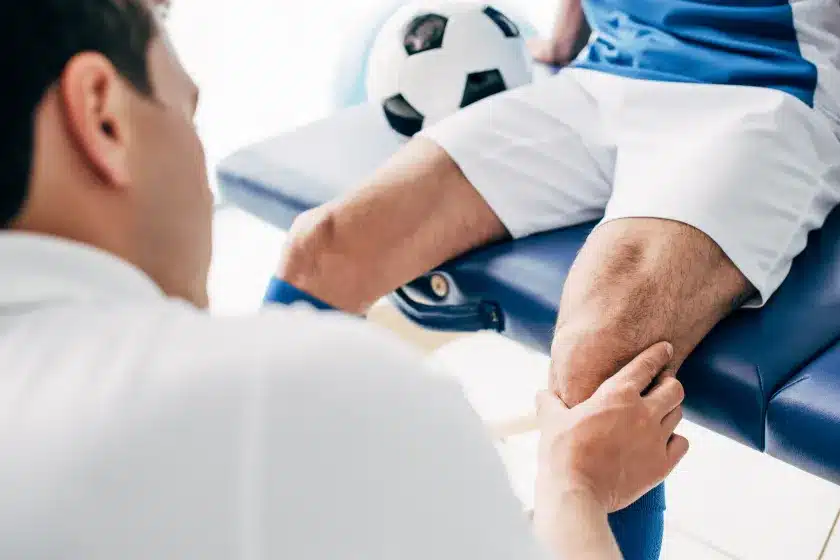Muscle strains, overuse injuries, and sudden injuries can halt progress and lower motivation. That’s where sports medicine comes in, helping people stay active and promoting long-term health and well-being. Here’s how this approach prevents injuries, treats typical sports injuries, supports individuals at all fitness levels, and uses technology to improve in the future:
What is Sports Medicine?
Sports medicine involves diagnosing, treating, and preventing injuries related to physical activity. It isn’t just for professional athletes; it also supports fitness enthusiasts of all levels. This specialty combines knowledge of health and movement to help keep people active and reduce the risk of injury. Specialists often work with doctors, physical therapists, and trainers to develop personalized treatment and prevention plans. They may help improve your running form to lessen knee strain or suggest stretching routines to increase flexibility.
Does It Prevent Injuries?
The key to preventing injuries in sports medicine is proactive care. Professionals in this field work to spot potential risks early, before they lead to injuries. This includes evaluating levels and analyzing workout intensity. Typical injury prevention strategies involve:
- Custom warm-up routines to prepare muscles and joints.
- Strengthening exercises focused on weak spots.
- Gradually increasing training intensity.
- Educating athletes on proper form and techniques.
Overuse injuries often result from repetitive movements. Experts recognize these patterns and suggest ways to prevent stress buildup, such as switching up activities or using specialized equipment. These preventative measures help athletes stay active while protecting their bodies from various injuries.
How Am I Supported?
From amateurs to professionals, everyone benefits from this strategy. Beginners may seek help as they transition into fitness routines. Seasoned enthusiasts might rely on it to sustain performance. Beginners benefit from guidance on safely building strength and stamina. This approach makes sure that their starting efforts do not lead to avoidable setbacks.
Intermediate fitness enthusiasts may use this strategy to refine their biomechanics and correct poor habits, which could otherwise increase the risk of injury. Advanced athletes lean on specialized care to improve their competitive edge. They rely on it to recover efficiently from intense training sessions. A triathlon athlete working on endurance training may receive advice on post-exercise recovery techniques alongside advanced body movement assessments to prevent strain.
How Is Technology Improving?
Emerging technologies are transforming sports medicine into a more precise and efficient field. Tech-driven solutions like wearable devices and app-based monitoring tools now play an integral role in injury prevention and recovery. Devices like fitness trackers and smart shoes monitor levels, detect improper movement patterns, and alert users to potential problems. Artificial intelligence helps interpret training data, creating recommendations based on real-time feedback. It may be incorporated into medical technology.
Schedule an Appointment
This field of medicine plays a key role for anyone leading an active lifestyle. It provides tools and strategies to maintain your health and prevent injuries, regardless of your fitness level. By addressing common injuries, customizing prevention plans, and leveraging technology, sports medicine helps you stay active and recover quickly. If you’re interested in incorporating sports medicine into your fitness routine, consider consulting a specialist.







